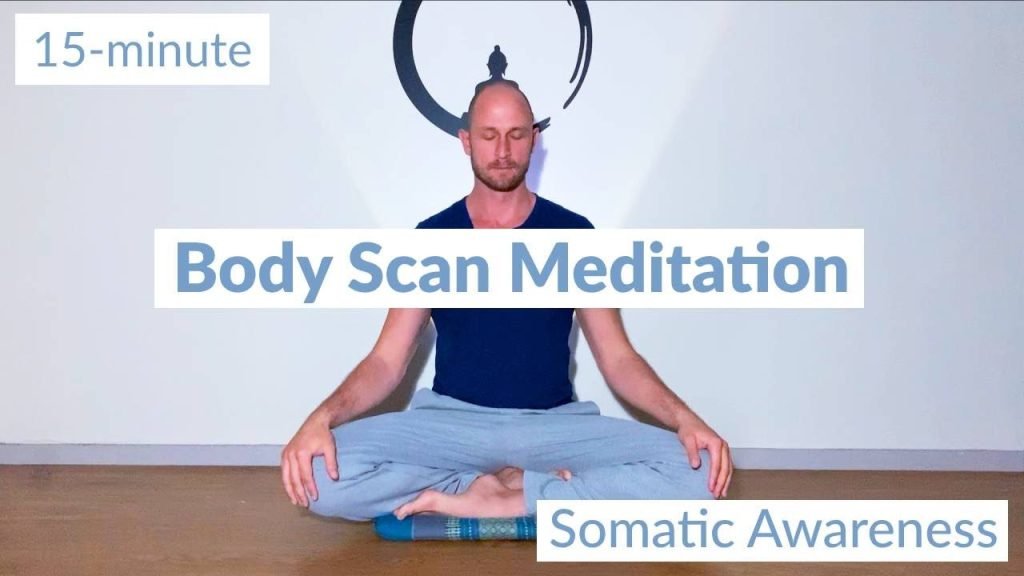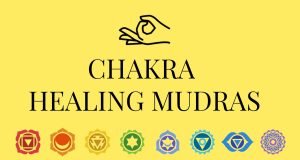
Meditation may appear to be the latest craze, but it has been around the world for thousands of years now. Indus Valley’s wall art, dating from around 5,000-3,500 BCE, shows people sitting cross-legged with their eyes narrowed, and hands resting on their knees. Different types of techniques for Meditation are represented in the scriptures of India from the same time.
As the meditation process spread from India around the world, many prominent religions embraced some forms of meditation. One such meditation practice is Somatic Meditation. This meditation practice is well-known for its trauma-healing effects.
If you are suffering from issues like a weak nervous system, posttraumatic stress disorder, chronic pain, unresolved trauma, and physical sensations, you can consider practicing Somatic mindfulness. Body-orientated trauma specialists and creators of the Somatic Experiencing approach of trauma healing suggest that the trauma or physical tension not just exists in itself but in the nervous system.
So, let’s know in detail about Somatic exercises and somatic experiences to learn their effects on traumatic events and body sensations.
What Is Somatic Meditation?

Somatic therapy or somatic experience therapy is typically a therapy that strives to treat PTSD (Post-traumatic stress disorder) and other emotional and mental health problems through the body and mind connection. This body-centric process works by enabling to release of tension, trauma, and stress from the body.
Somatic Meditation was initially developed in the late 1970s by Peter Levine. It was designed as an alternative to existing trauma-focused therapies, which, while helpful for certain patients, weren’t always successful.
Our conscious mind and body are connected as well as are constantly communicating with each other in our daily lives. For individuals who may have problems with a traumatic mind while being in a meditative state, a body-focused approach like Somatic Meditation helps them by offering a point of focus for progressive relaxation.
Instead of trying to stop rushing ideas, you can guide yourself to your physical sensations and body sensations. As soon as you make space for past trauma and sensory awareness, you will see that you’re sensing way more than you believe, and via that, you will experience more stability, stillness, and grounding.
Life can be difficult. Within your daily life, it can be effortless to tune your body out. You may be more concentrating on your external responsibilities and stressors than the rule of your nervous system. Simply by practicing a somatic meditation, you calm both your mind and body in the present moment.
If you have ever experienced trauma, then a randomized controlled outcome study with profound reality will help overcome that. So, let’s know the effects of Somatic meditation practices on trauma healing.
Types of Somatic Meditation Practices

The most straightforward and common form of somatic meditation is famous as “somatic experiencing therapy”. Here, patients express their issues in other mental wellness therapy forms.
Instead of simply talking about your problems, somatic therapists can guide you to concentrate on your underlying bodily sensations. Then, the mind-body practices may include meditation, breath work, dance, massage, visualization, grounding, and/or sensation-open awareness work.
Beyond the normal somatic meditation, this practice can be of different types. Here are the types:
The Hakomi Methods: A type of psychotherapy that combines psychological, spiritual, and scientific knowledge and centers on the four principles of mindfulness, compassion, nonviolence, and gentleness.
Sensorimotor Psychotherapies: A thorough treatment that makes use of the body as a data point and intervention target.
Biodynamic Psychotherapies: A mix of medical (allopathic) and natural therapies, including hands-on massage from the therapist
Bioenergetic Analyses: Body psychotherapy is based on a theory of energy that integrates physical, analytical, and relational practice.
Brainspottings: This therapy includes eye alignment in addition to mental and body exercises to retrain emotional responses.
Can Somatic Meditation Help Us With Trauma?

Research indicates that mindfulness aids far beyond the dynamic meditation practice. Continuously practicing body-focused Somatic meditation can easily re-train your nervous system in how this responds to anxiety. Having somatic anchors boosts your body’s capability to control in times of hardship. As with every Somatic meditation, the more you practice, the more it’ll positively influence your daily life. There are some therapeutic techniques for trauma healing.
Somatic Meditation is a completely body-focused technique that may be especially helpful in case you have signs of PTSD (post-traumatic stress disorder) or chronic stress. Somatic Meditation may let you revisit trauma without identifying specific emotions and events.
As soon as you practice these exercises, you concentrate on physical sensations, rather than emotions and thoughts as you would do in your fears, or the talk therapy as you would do with orientation therapy.
Trauma occurs when the nervous system must handle too much information too quickly. It is comparable to eating a substantial meal without fully digesting it, followed by other substantial meals. Instead of allowing the body to process what has happened, we stuff our emotions, numb out, or try to ignore reality.
Talking about stress or trauma without proper support or with a therapist who lacks trauma training may occasionally cause you to re-experience the trauma. Somatic practice gives the body the space and time to finish what it wasn’t able to achieve at the appropriate time.
You can determine if you’ve been “stuck” in the flight, fight, or freeze reaction by using somatic experiencing. Along with trauma-related symptoms, this could also result in chronic stress symptoms. Creating a mind or body connection and improving emotional regulation are two key objectives of somatic experiencing. You may be able to control some of your most upsetting symptoms by doing this.
What Somatic Meditation Can Help You With?
Somatic meditation is an option that anyone can explore as a substitute for traditional talk therapy. It is used to treat a range of physical and mental health conditions. Somatic Meditation is used to treat the following mental health conditions:
- Anxiety
- PTSD
- Grief
- Addiction
- Stress
- Depression
Physically, somatic meditation may help you with the following:
- Digestive disorders
- Chronic pain
- Sexual dysfunction
This therapy can be a good choice for anyone wishing to connect more deeply with themselves as well as their experiences in life because of its emphasis on grounding and awareness.
BOTTOM LINE:
Consider your mental and physical objectives as well as what you hope to achieve via therapy before your first appointment. You should be aware that counseling may trigger sad memories from the past. These are beneficial to condense and share with your therapist.
Be ready for possible healing work that involves touch in case you meet someone in person. Your somatic meditation therapist will inquire about your past and therapeutic objectives during your initial session, whether it be online or in person. Together, both of you will decide how to continue and how the therapy will be structured. The most important thing is that you feel at ease with the therapist.
FAQ:
Q. What is somatic meditation?
A. By practicing somatic meditation, we can awaken ourselves and start to heal. Somatic meditation is the realization that eventually, the meditative state isn’t external, in another location for us to find, but is instead discovered as the most vital, indispensable, and profound truth of our bodies.
Q. What meditation is good for trauma?
A. Somatic meditation can change your life. Since I’ve been practicing mindfulness meditation every day for more than three years, processing and recovering from years of trauma has been the most significant transformation in my life.
More Recommended Articles:-




